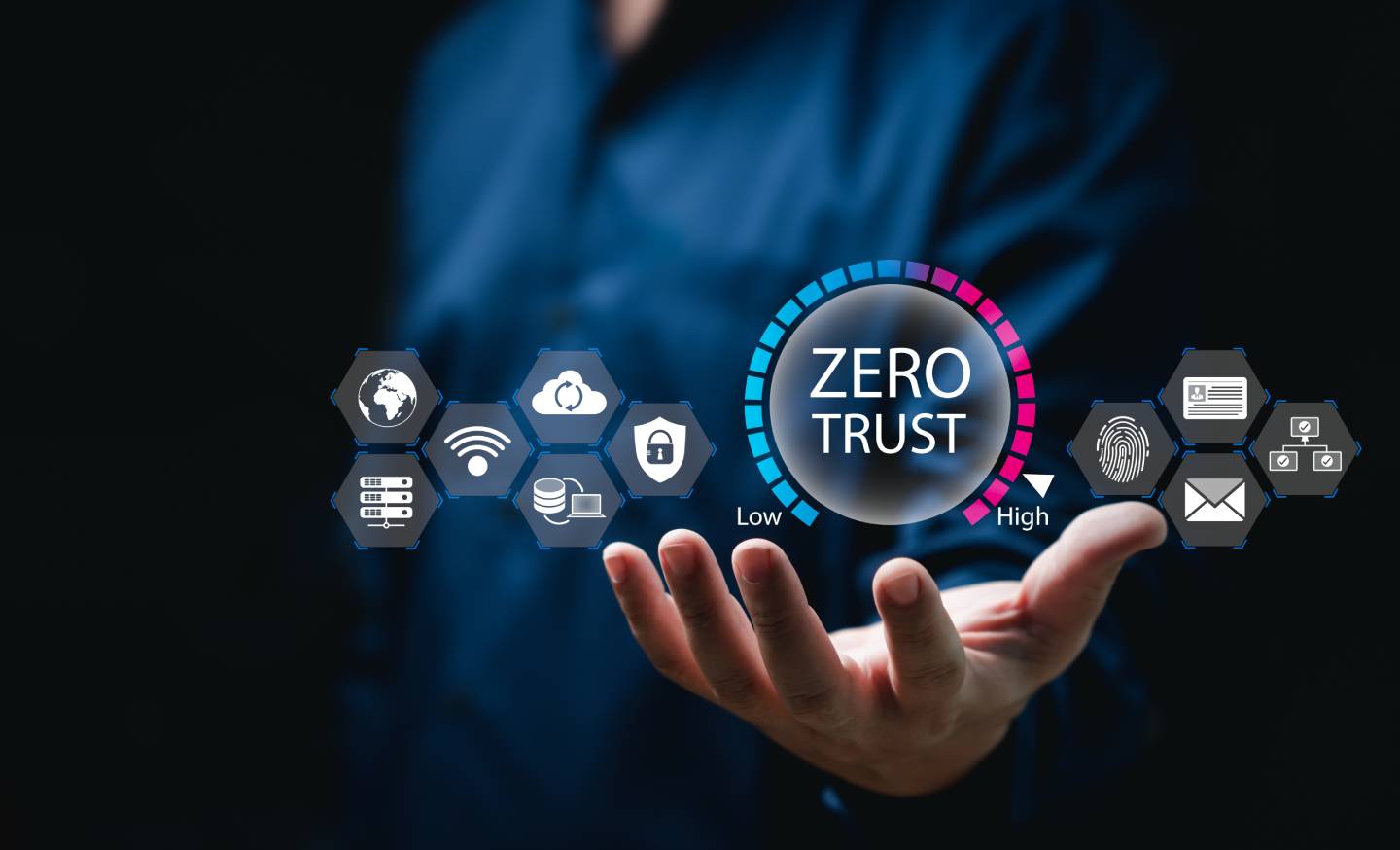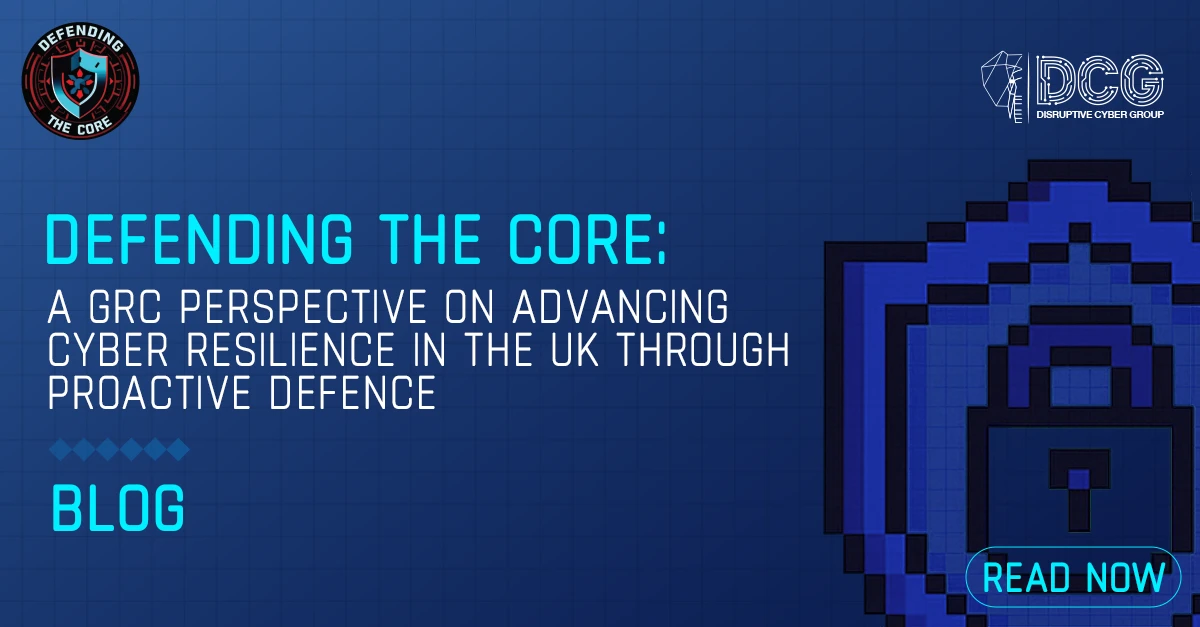
Zero Trust, once simply a buzzword, is now a foundational principle of cyber security for modern organisations. However, the original concept, a relatively straightforward idea of “never trust, always verify”, is now quickly evolving in light of the current complex and sophisticated digital architectures.
As organisations began moving into cloud-native environments, using microservices architectures, and navigating stricter compliance regulations, Zero Trust is no longer simply about controlling access to the network. It is now about adapting security to a borderless world where there is no "perimeter"; identity, visibility, and enforcement of policy are everything.
Let's take a look at how zero trust has evolved, why the time is now more than ever, and how organisations can implement zero trust in a meaningful way in 2025 and beyond.
Zero Trust is a security framework that states that no actor, system, or network inside or outside of the perimeter is implicitly trusted. Every access request must be verified continuously based on identity, context, device posture, and a number of other factors.
However, it's not a single tool or product. It's a strategy that touches:

Traditionally, Zero Trust began with established network controls and premises around the idea of internal segmentation and enforcement of access policies through devices such as VPNs and firewalls. As the world shifts digital, that approach quickly becomes stagnant.
In a hybrid or multi-cloud environment, applications may exist in infrastructure across AWS, Azure, GCP, or your on-prem network. Forcing the use of traditional firewalls and static IP-based rules can be limiting in terms of visibility and flexibility.
Today's Zero Trust environments must be cloud-native, working natively with APIs, containers, serverless functions, and SaaS. Policy enforcement must not only apply at the gateway but at every point in the environment.
In the past, securing access to the application in monolithic systems was more than sufficient. Today, in a microservice world, you're managing anywhere from hundreds to thousands of service-to-service communications that require you to authenticate requests, encrypt transmissions, and control traffic.
You need new capabilities such as service mesh technologies, identity-based routing, and zero trust between workloads, not just users.
Regulators want all organisations to show control over data access, transmission, and auditability, from GDPR to HIPAA.

To work in today's digital landscape, Zero Trust must be:
As Gartner noted in its 2024 security trends report, Zero Trust isn't a product; it's an architecture that must be implemented across the identity, network, application, and data layers.

With organisations continuing to be more distributed, dynamic and digital, the old security models simply won't hold. Zero Trust is no longer optional – it is essential, it is foundational. But to get it right, organisations must modernise their approach to security and ensure that their strategy matches the realities of cloud, microservices, and compliance.
Build your cyber security resilience today with DCG. Visit the <services page> today!

Navigating UK Cyber Security Regulations: A 2025 Guide for Businesses

AI and Cyber Security: The Hype vs. Reality for the Mid-Market

Cyber Security Strategy for UK SMEs: A 2025 Playbook from the team at DCG

Defending the Core - A GRC Perspective on Advancing Cyber Resilience in the UK Through Proactive Defence
Join industry leaders on cyber projects to create a global impact and ensure a secure digital future.